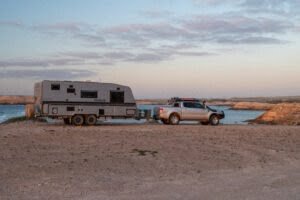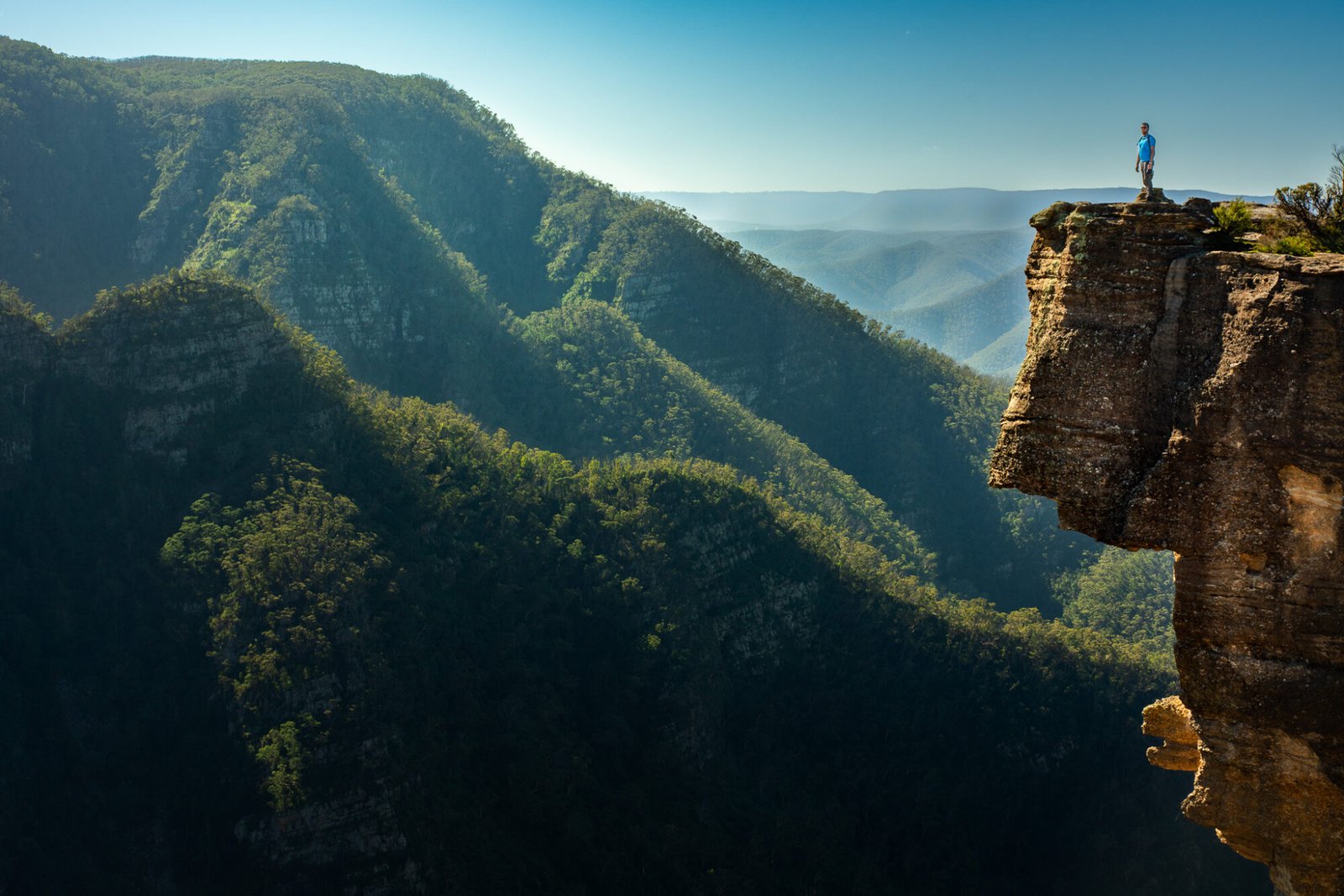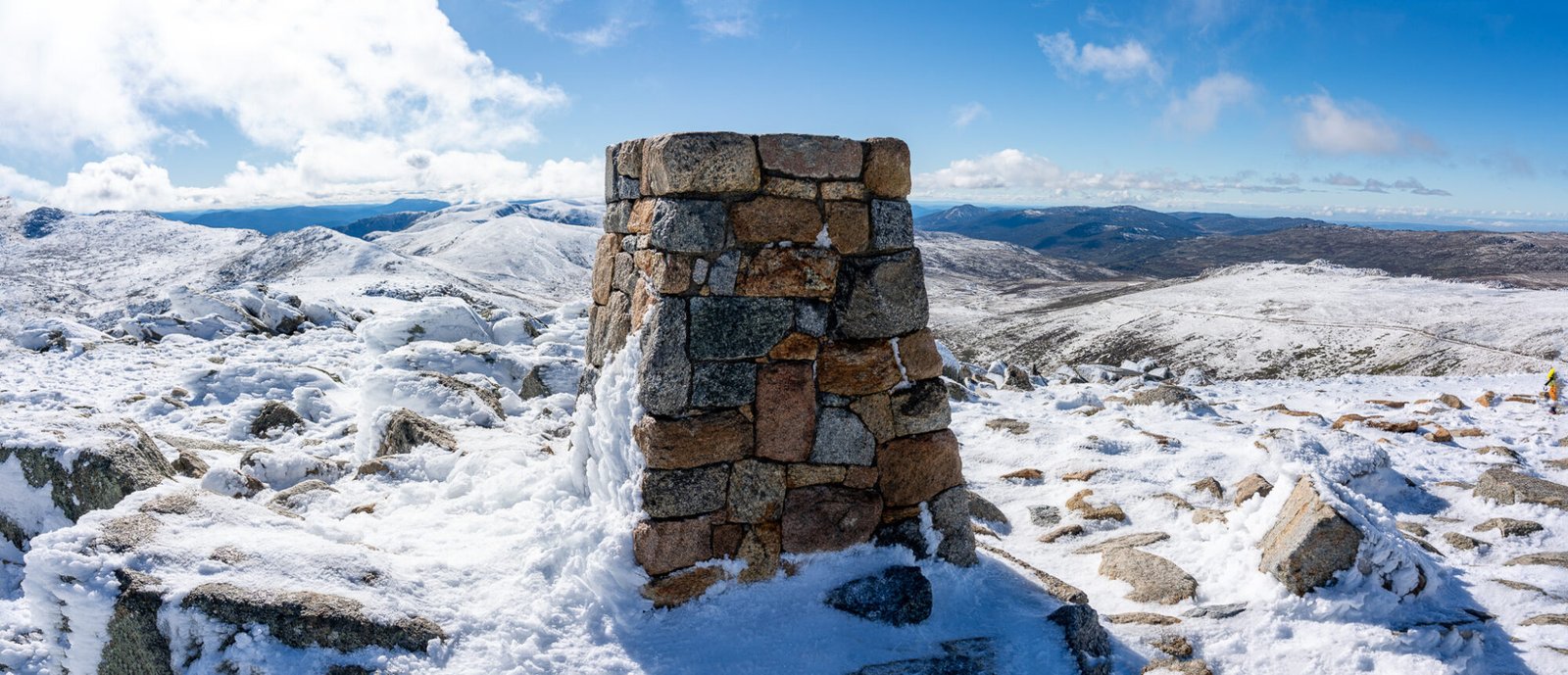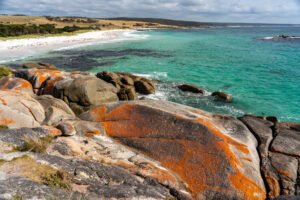As seen in “Pat Callinan’s 4×4 Adventures” Issue 45
It’s the age-old question amongst travellers and dreamers: how long can I afford to be away for? Unfortunately, Google can’t answer this question for us, and the simple fact remains that we all differ in our expectations from a trip as well the lifestyle we want to maintain whilst away. How a financially stable, retired couple will travel is likely quite different to a couple of backpackers, then different again to a family of 6. It can be overwhelming to try to plan and budget for a trip, whether it be a road trip for a couple weeks or a big lap for a year or indefinite full-time travel, which can become a big barrier to taking that leap and heading out on that dream adventure.
When you’re on the road for a while and get chatting to people or simply have a look around the campsite, you’ll quickly notice that there are many different styles of travel. What we’ve found from our time of living fulltime on the road is that all styles have in common what we consider the four main categories of expenses when travelling Australia: fuel, food, accommodation and everything else.
Fuel
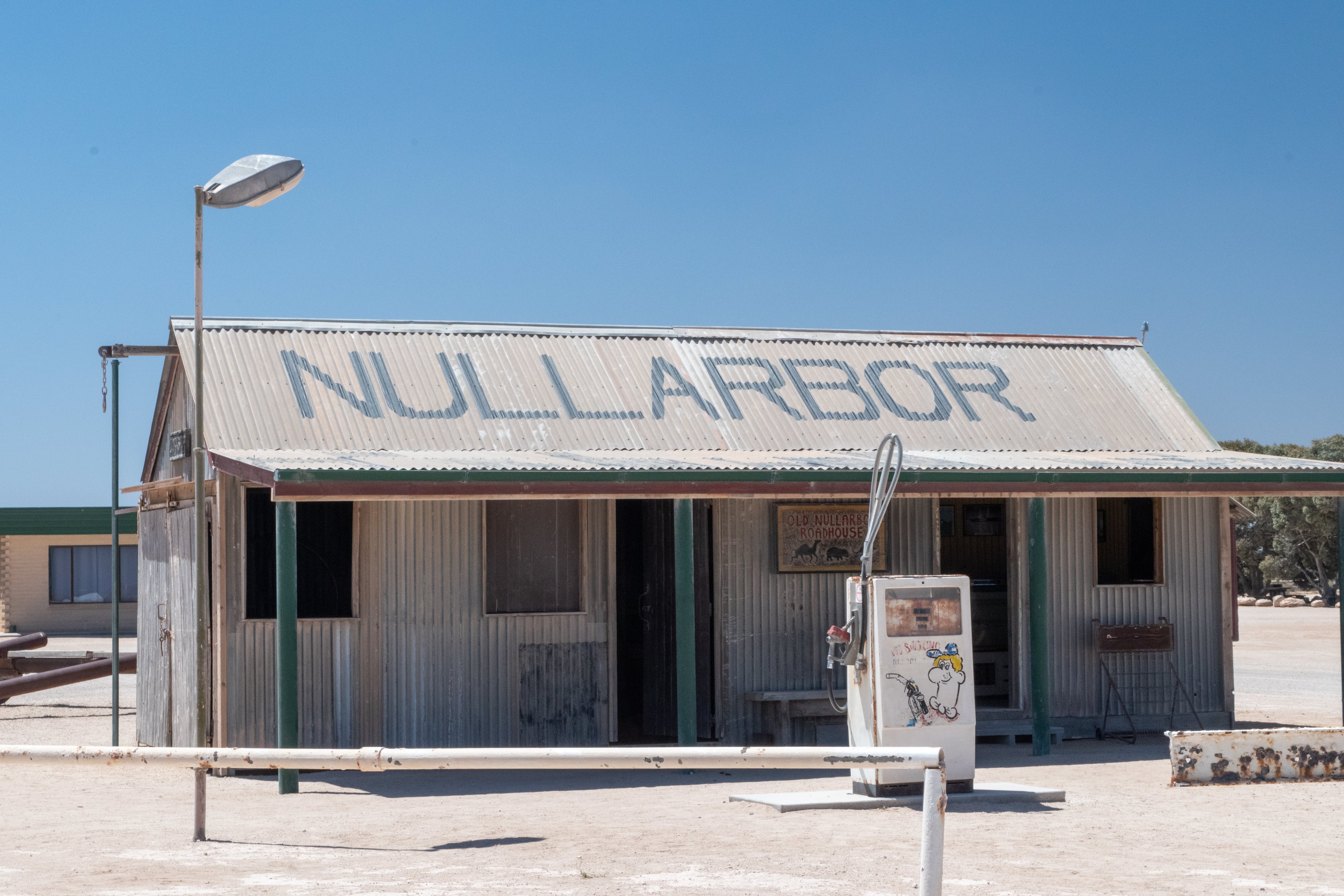
This is one of the bigger ones. Unless you plan to ride a push bike or walk all the way around Australia – you wouldn’t be the first! – fuel is going to be an inevitable and significant cost of your trip. It can also be one of the biggest variables: if you’re driving a new 4-cylinder car with just a tent in the back, your fuel consumption will be vastly different to the V8 petrol towing the 3-ton caravan behind it. The same goes with the types of road you choose to travel; if you are going to be spending a lot of time in low-range or driving through soft sand, you will go through significantly more fuel than plain ole highway driving. Knowing the fuel efficiency of your vehicle as well as how far you’re planning to go is an easy way to try to forecast your fuel costs, keeping in mind the more remote you go, the more expensive fuel can get.
Accommodation
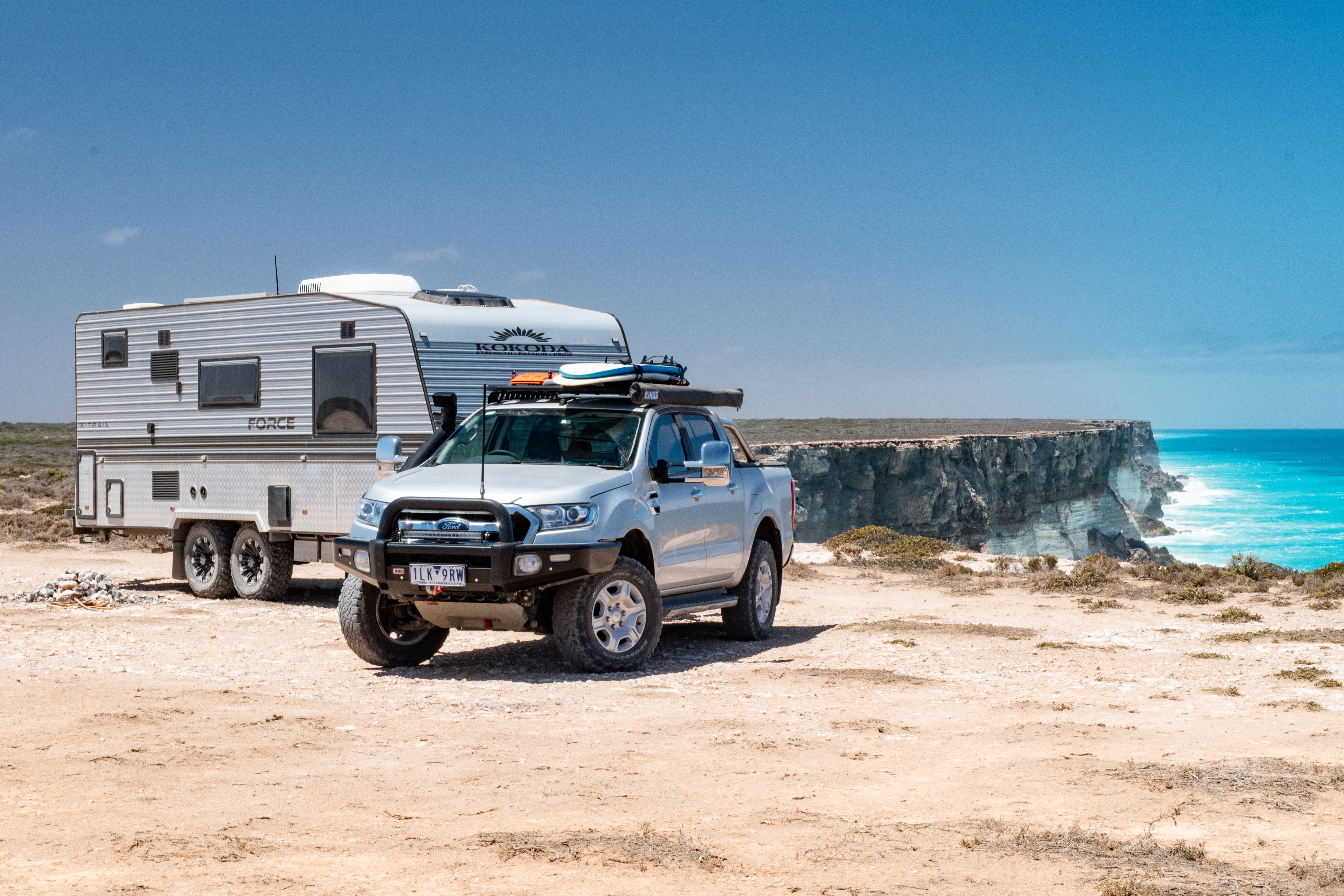
From staying in 5-star resorts to campsites with a million-star view, accommodation costs can vary from free to hundreds of dollars a night. Most road-trippers, particularly big lappers, have four main options for accommodation: caravan parks, low-cost camps, national parks or bush camping.
Caravan parks: if you want to travel but still have your mod cons, a caravan park will be your best bet. Just as camping in national parks, they too will vary in what you get. Some parks will offer a powered campsite for 30, while others offer a patch of dirt and not much else for the same price.
Low cost camps: this includes camps on people’s properties, such as those found through apps like Hipcamp, or camping behind pubs or sporting clubs. Facilities can vary greatly from none to showers, toilets, and camp kitchens. Sometimes they are by donation or free with a request to patron the club’s bar or restaurant. Be aware that Hipcamps do not always equal low-cost; some can be just as if not more expensive than the local caravan parks.
National Parks: the cost of a night’s camping can range from $3 per person to $40 a night. Each state differs in what they charge and what they offer.
Bush (free) camping: on the other end of the spectrum from caravan parks are free camps. If you can live without a hot shower or having a camp kitchen, even just for a couple nights, this can significantly lower your travels costs. Just remember to take all your rubbish with you and leave no trace; places like these are often permanently closed due to vandalism and litter (that includes toilet paper!).
When adding up the cost of accommodation, do your research. The time of year you are planning to visit can also affect the cost.
Food
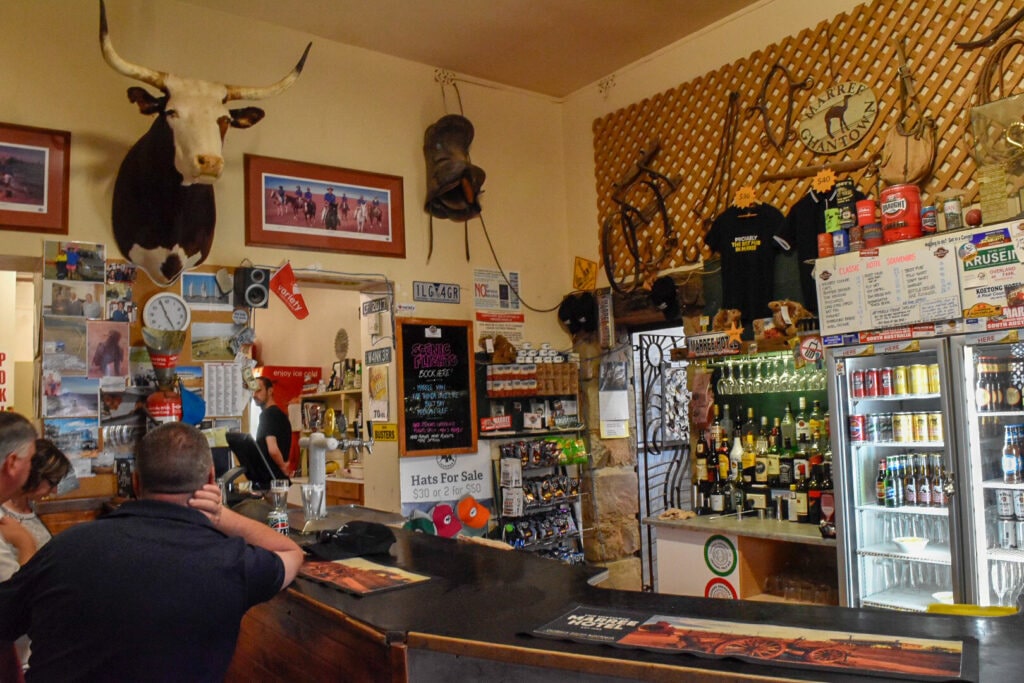
When it comes to food costs, it pays to plan ahead.
No surprise here, if you cook your own meals it will be significantly more cost effective than buying meals at the pub. Likewise having some snacks readily accessible in the car will make the ones in service stations a lot less appealing.
The major supermarkets, especially in cities and larger towns, will tend to be much cheaper than the local ones in more rural towns. Nevertheless, we try to support local communities by buying non-perishables from major supermarkets but picking up the fruit and veg from small towns along the way. This can help bring much needed funds into smaller communities and usually means you have fresher food to eat.
Everything else
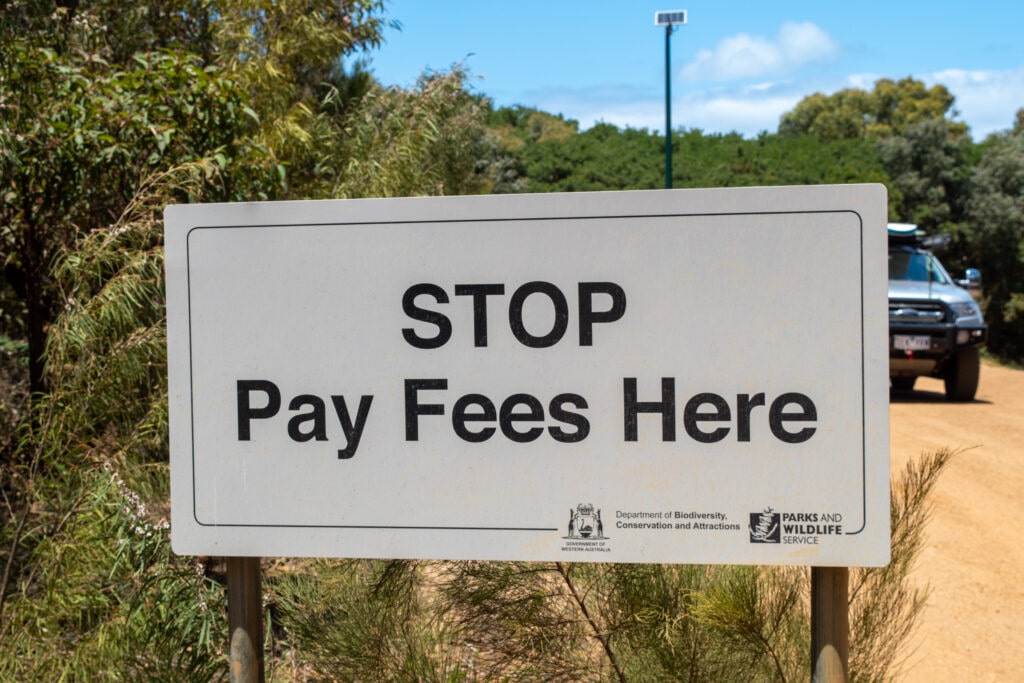
Even though this category has a vague heading, it really is dependent to how different people travel and where they are travelling to. ‘Everything else’ refers to those little things that might not be much on their own or can often be missed when putting together a budget, but when added up they can be a major expenditure to your trip.
One of the most commonly overlooked costs of a road trip is car maintenance. Especially if you’re doing a long trip, you’ll need to factor in that your car might need a service, either on the trip or when you get back. Some of the roads and corrugations can wreak havoc on your vehicle so it’s worth keeping a close eye on it, or if in doubt, get it checked. Also keep in mind things like roadside assist. In the unfortunate event of a break down, getting the vehicle towed can be extremely expensive; the cost of a decent roadside assist package quickly pales in comparison. Also remember if you’re towing, be it a camper trailer or a caravan, they need to be looked after as well!
Another simple cost often neglected when budgeting for a trip is permits or park entry fees. This can be as little as a few dollars for a day entry into a national park to an annual Desert Parks Pass if you’re looking to cross the Simmo.
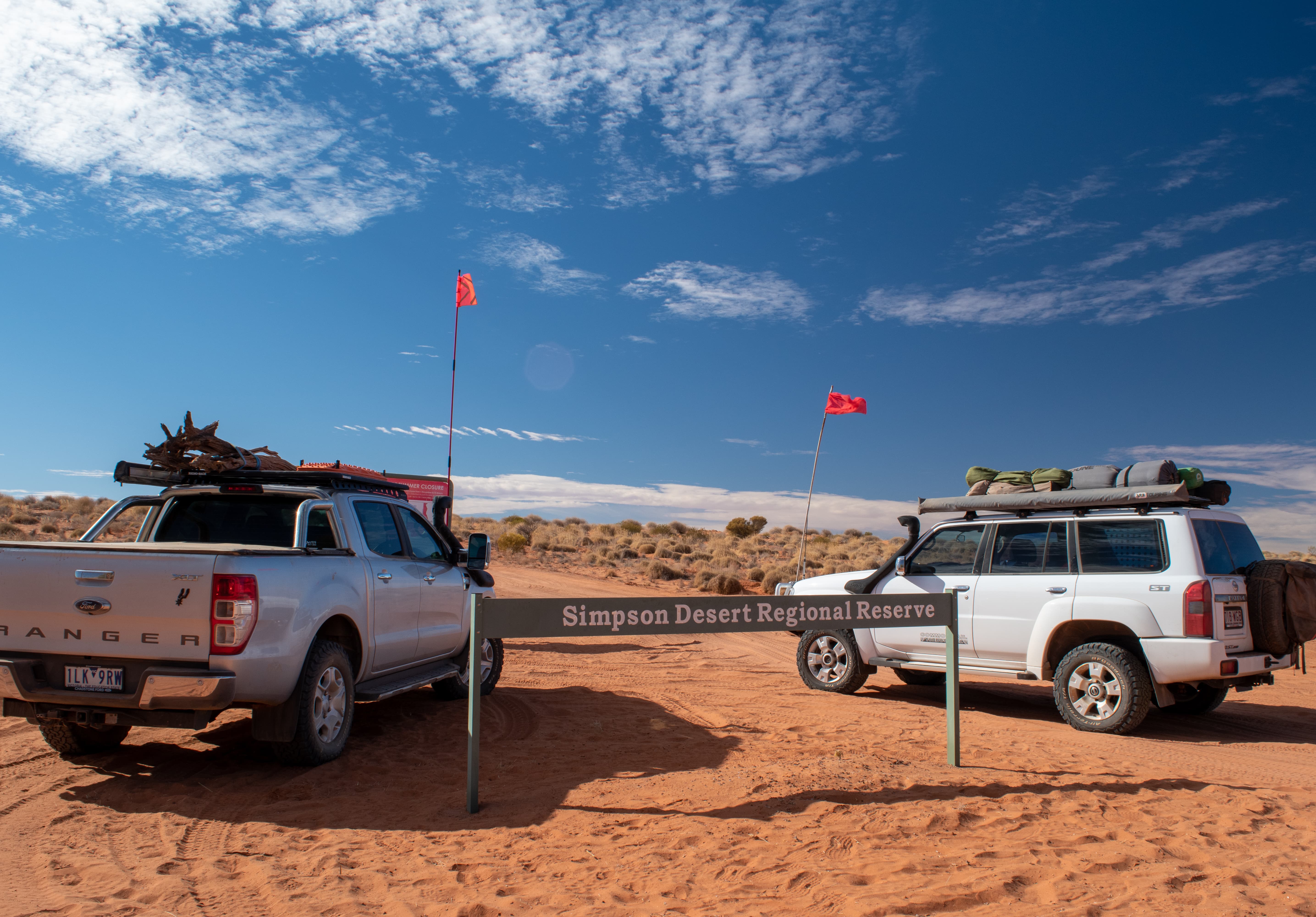
Depending on where you are going, there may be other attractions for which you need to consider the cost. For example you might be in Alice Springs and the little ones (or yourselves) want to go to the Desert Park to see the bird show (which is fantastic by the way); every location has their own special attractions which may be free of charge or carry significant cost. Just be aware of what is around the area that you’re traveling through and what you might like to do when there. And remember: even though an attraction may be expensive, you’ve already got yourself there and if you regret missing out on it, how much more is it going to cost to get back there and do it?
Putting it all together
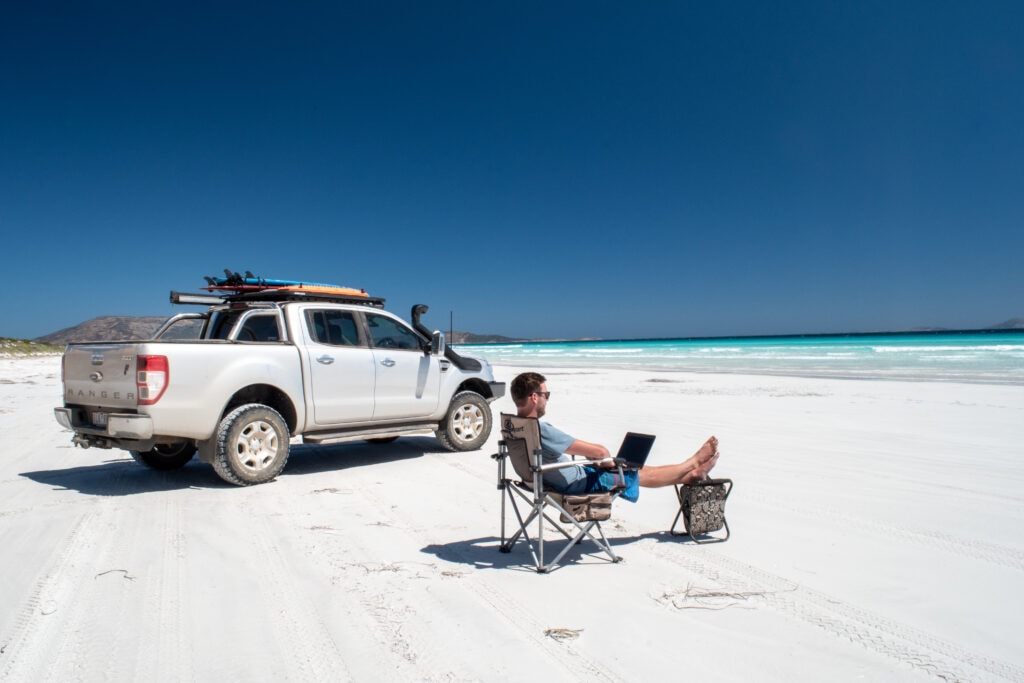
So, is your head spinning yet? You may currently be thinking, “it’s all well and good knowing the above, but how do I actually put my budget together?” The first step is to see how much you’re currently spending. This will give you a pretty good idea of how much your living costs are, and it can also show you where you might be able to save some money leading up to your trip – all those takeaway coffees add up! An easy way to do this is to download your credit card statements for the last month or so and see how much on average you spend a week and what you spend your money on (and don’t forget any cash costs). A lot of the bigger banks will do this for you in their app which can make this process even easier. Doing this will also help highlight for you the bills that you may have to pay while you’re away, even though they aren’t relevant to your trip as such – for example phone bills, rent/mortgage payments, water, etc.
Need more help?
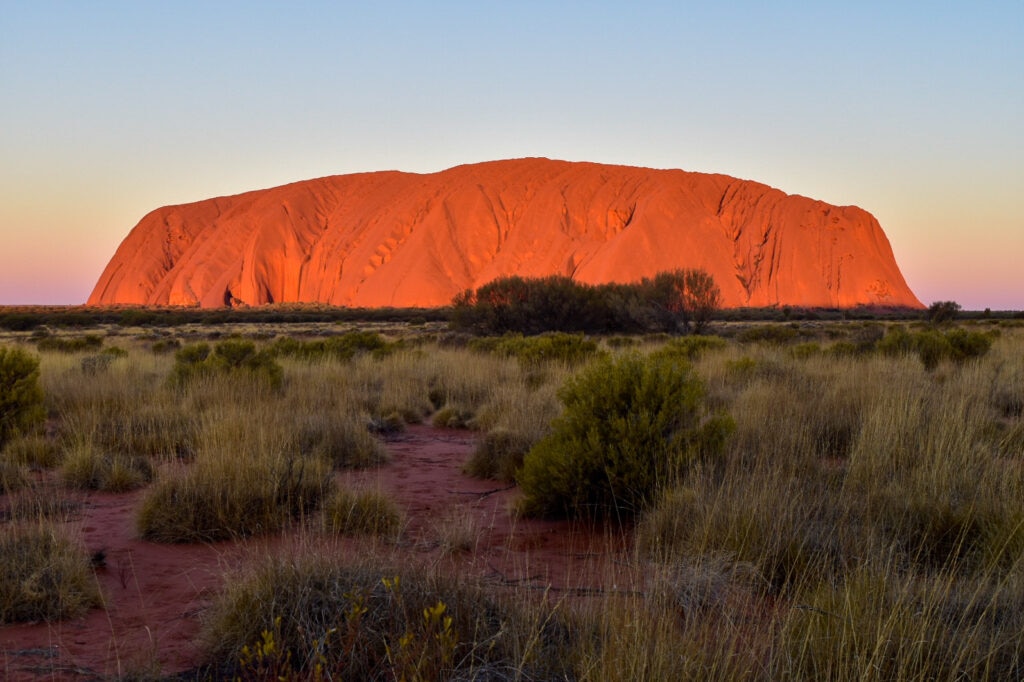
Unfortunately, there is no simple answer to that age-old question posed at the start, but hopefully the above can point you in the right direction to working out the answer. It’s important to remember as well that a budget is just that, a budget; you will inevitably overestimate the costs of some things and others will cost more than you expect. Just learn from each experience and you will get it more and more accurate with each trip. It may be an additional step in the trip planning process; however, it can reduce stress and make your trip run a lot smoother!
If you feel like you need more personalised guidance and advice on budgeting and/or other financial matters, Marc from AW Finance is a qualified CPA accountant who has been living on the road for over 6 years and can provide expert advice on how to maximise your finances whilst travelling full-time. Get in touch with him today!
Have any questions on your own budget? Comment below:

